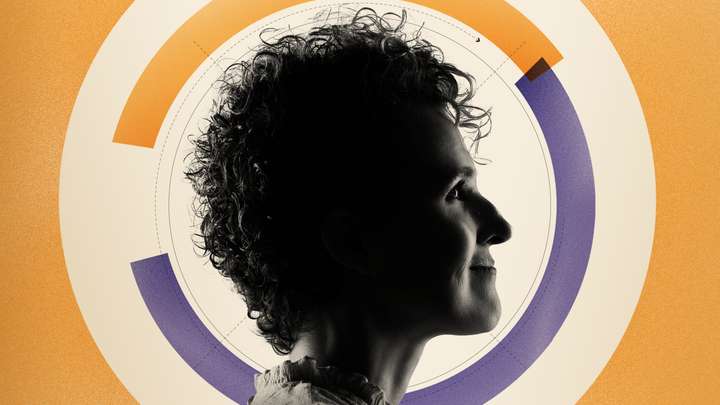
California Drought, New EPA Label, Earthquake Warning
Top of Mind with Julie Rose - Season 1, Episode 50
- Apr 27, 2015 6:00 am
- 104:08
California Drought (1:14) Guest: Doug Carlson, Information Officer for California’s Department of Water Resources We’re looking at a crisis here in the Western United States. California is in a drought state of emergency, following its lowest snowpack ever recorded. Earlier this month, Governor Jerry Brown mandated substantial water use reductions across the state. California is the most populous state in the union—home to 12 percent of Americans— and a major business center and agricultural producer. So the impact of California’s deepening drought is very much top of mind across the country. EPA Safer Choice Label (23:31) Guest: Clive Davies, Chief of the Safer Choice Program at the EPA For many years, the US Environmental Protection Agency has had a program to evaluate the safety of products. Soon they’ll have a new green-and-blue label stamped “Safer Choice” to give consumers confidence when choosing products such as kitchen and bath cleaners, carpet cleaners and laundry detergents. Smartphone Earthquake Warnings (35:10) Guest: Craig Glennie, assistant professor of civil and environmental engineering at the University of Houston whose research focuses on creating more available earthquake warning systems around the globe A powerful 7.8 earthquake shook the mountainous nation of Nepal on Saturday, leaving entire villages flattened, toppling buildings in Katmandu and causing an avalanche on climbers attempting to summit Mount Everest. The death toll is nearly 4,000 people and climbing, as rescue efforts continue. Could any of those lives have been saved with even a few minutes of warning before the tremor hit? Developed countries like Japan and the US have invested millions of dollars in early earthquake detection and warning systems. But scientists at the US Geological Survey and several universities believe smartphones might provide a viable alternative for poorer countries like Haiti or Nepal. Henry Ford and Movies (52:02) Guest: Phillip Stewart, recipient of the J. Franklin Jameson Archival Advoc